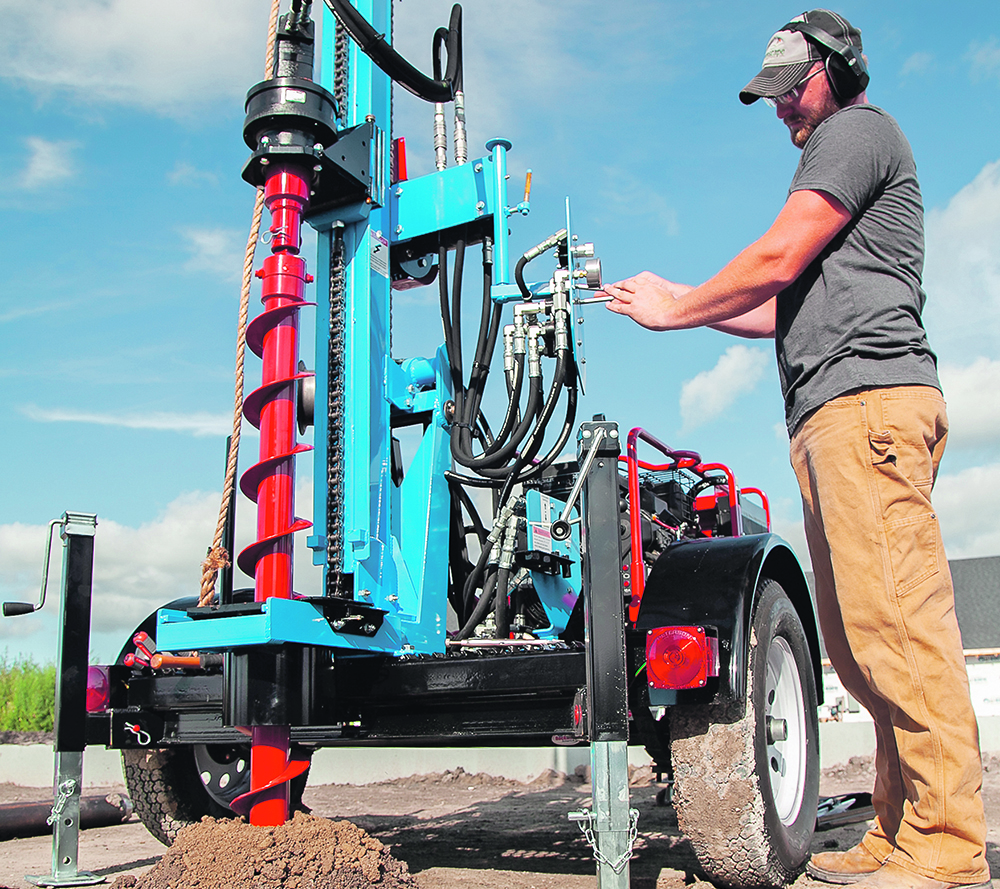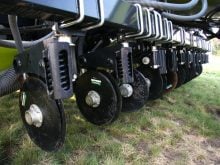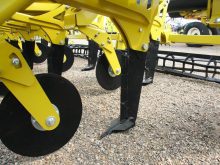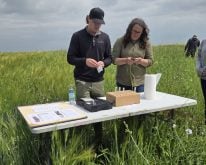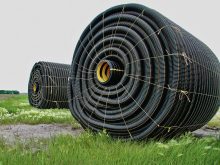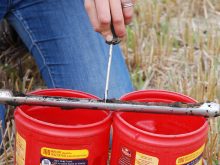It’s no surprise that soil tests back in the fall of 2021 revealed record carryover levels of nutrients in areas where we suffered reduced yields due to drought.
This residual nitrate-nitrogen can be viewed as “money in the bank” in reducing the needs for expensive purchased nitrogen (N) fertilizer this spring.
However, I’ve also heard from agronomists and farmers who are antsy about trusting such high residual levels and low fertilizer recommendations. They don’t want to pass up current lucrative crop prices by under-fertilizing the crop.
Read Also
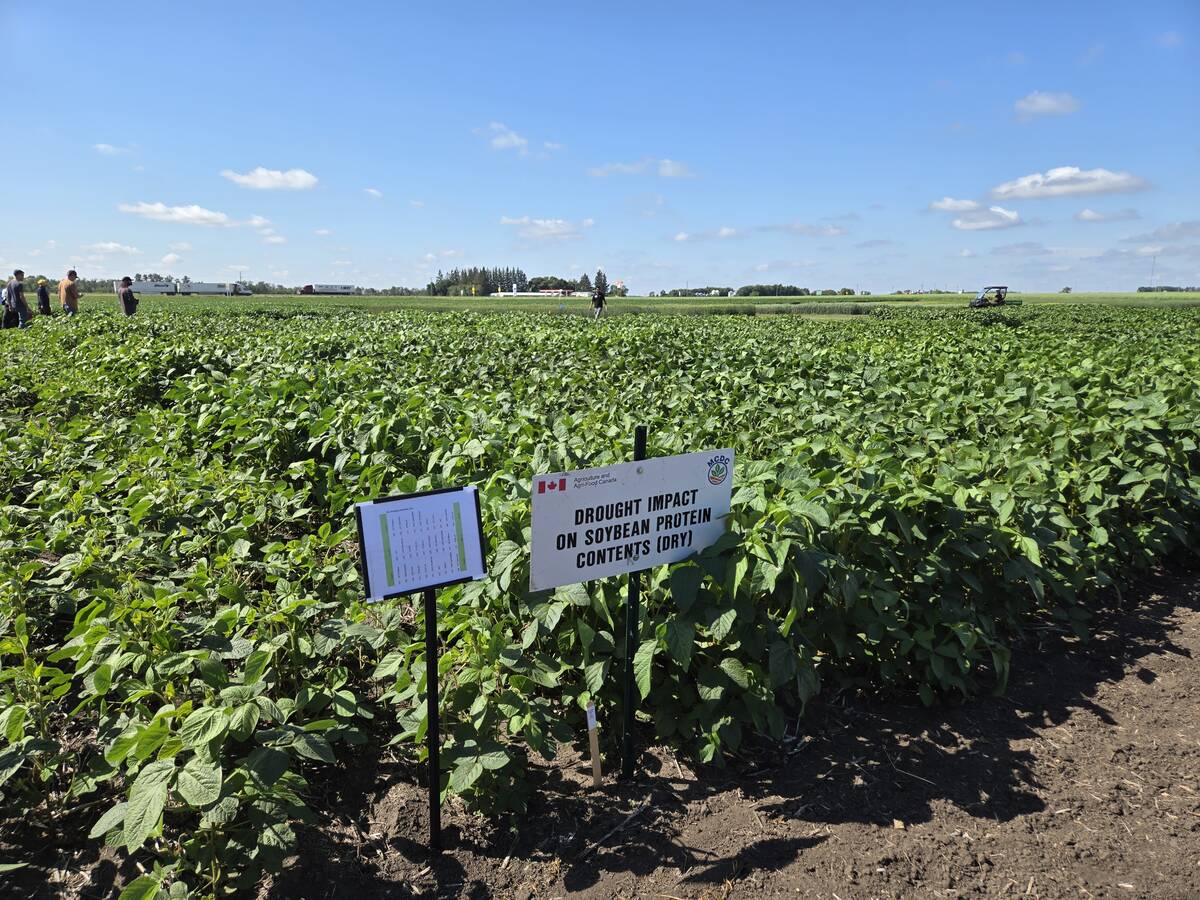
Carberry field day looks for agriculture solutions
Manitoba farmers explored research solutions for resilient crops, perpetual agronomic issues and new kinds of agricultural products at a field day at the Manitoba Crop Diversification Centre in Carberry on Aug. 6.
The nitrate soil test when done at zero to 24 inches is a measure of N available at the time of sampling. Given our frozen winters, it’s also a good measure of that available to the 2022 crop. But it is still nitrate-N and vulnerable to losses between sampling and crop uptake. Much soil sampling was done in August, and some reductions in soil N may have occurred due to crop/volunteer regrowth and fall rainfall.
In late August and September, enough rain was received to start volunteer crops or revive droughted crops. Before freeze-up we did some measures of crop regrowth after harvested oats and after canola left unharvested due to poor yield.
The oats contained some 80 pounds N per acre in growth. The canola contained 160 lb. N in the unharvested, but greened-up crop. This N uptake may have substantially depleted soil nitrate that was detected in earlier soil samples.
Not only is that N now in vegetative form but cover crop studies indicate N availability to the next crop is uncertain and sometimes requires more N supplementation for full yield. The more advanced the regrowth, the slower it will release N as it decomposes.
Leaching of nitrate N can occur on sandy soils with rainfall. Last October, 100 millimetres of rain was received between Winkler and Altona. This was a welcome recharge of soil moisture, but unfortunately it may have been enough to move some N within the profile of sandy soils, but not likely out of the rooting zone.
If heavy snowpack and spring rains cause saturated soil conditions this spring, our depressional or clay soils can “gas-off N” through denitrification at the rate of two to four lb. of N per acre per day. Judging by current soil moisture reserves, this will take a lot of water, which will generally be welcome.
If you experience any of the above situations, you might want to question your fall soil N values. You do have some options. Arrange for your agronomist to re-test fields this spring. Test two or three different areas. If they test similarly high, then you have some assurance that the field is fairly uniform and can proceed with reduced fertilizer rates.
Spring sampling should be completed before the end of April. Once soils warm up the results are less reliable. If you must plant before soil test results are in, you may wish to apply a portion of your regular N at seeding, and top-dress the remainder later as dictated by the test.
In severely droughted areas of Manitoba’s Red River valley and Interlake, many soil nitrate levels exceed 100 lb. N per acre. This is an opportunity to target high N-need crops to these fields.
I expect many farmers will still apply a low-to-modest rate of nitrogen at seeding.
I’d suggest a “high N” strip also, so if crop colour differences are apparent in June, supplemental N can be considered. Rainfall after top-dressing is always needed to avoid stranding N at the surface.

